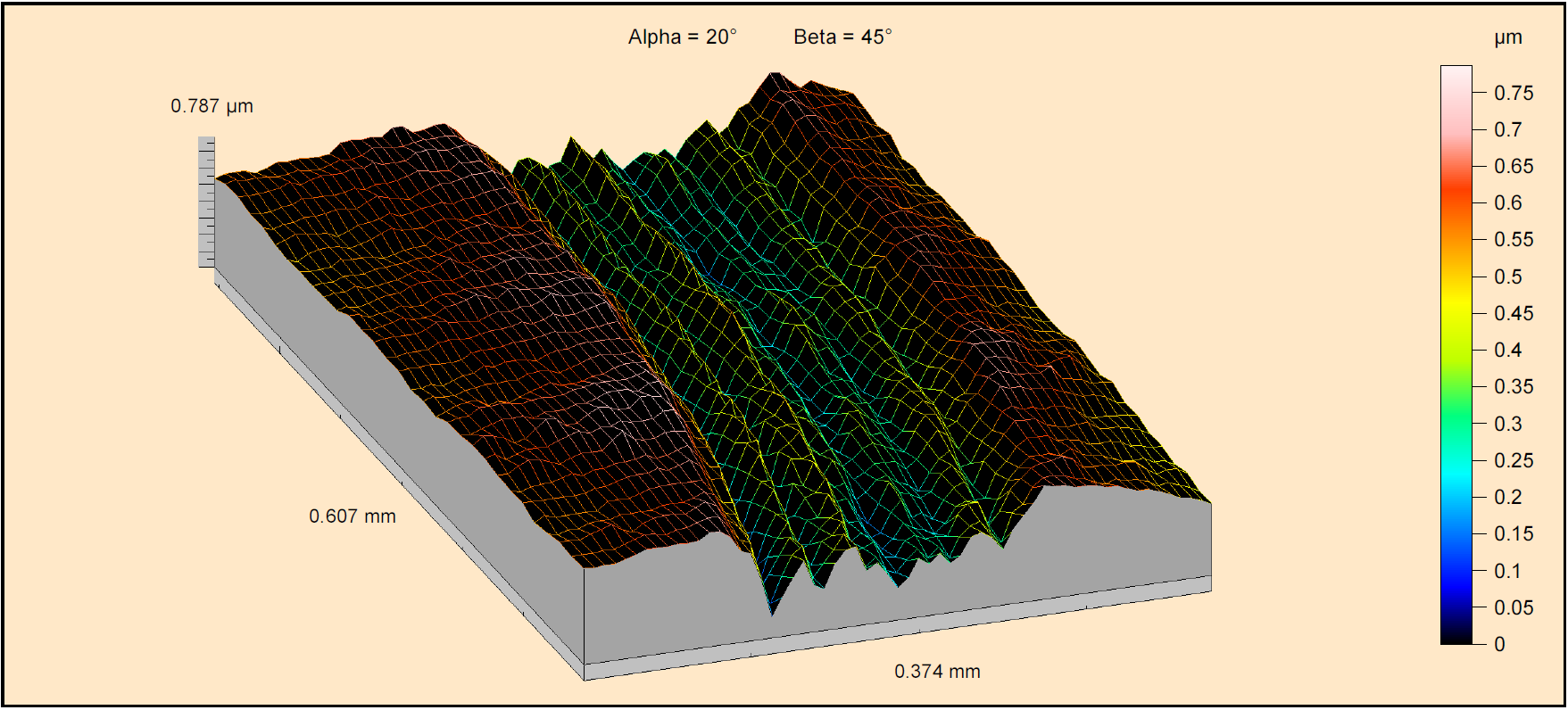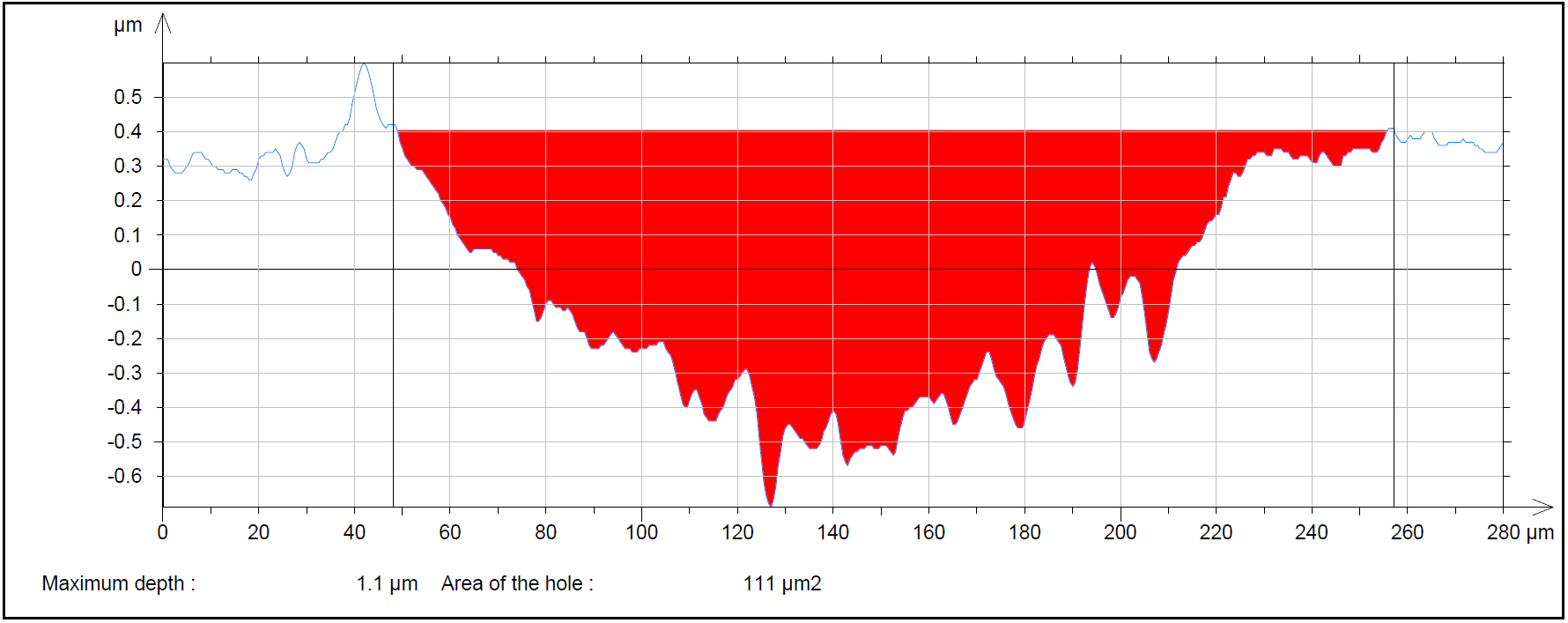Complex Inspection of Sliding Friction Pairs to Determine Metrological and Tribological Characteristics
Description of the Technology



The results of wear resistance calculation allows to evaluate the investigational component durability under normal operating conditions. Combining all research results the customer gets comprehensive and experimentally based information on operational characteristics of the sliding friction pairs and expert recommendations for further improvements.
Applications
The complex testing of sliding friction pairs is usable in any industry facing the parts wear, especially if technical equipment contains components with complex shapes whose production is costly and replacement complicated. Examples include: air transport; rail transport; hydroelectric stations, thermoelectric stations, etc. The method can be successfully applied in equipment inspection and diagnostics process.
Advantages
Complex research of sliding friction pairs is performed by experienced technicians, using modern and standardized research facilities. All experiment settings and methodology are individually planned for each particular case to obtain performance evaluation of sliding friction pairs and prognoses according to the customer request. Customer get important information on the operational characteristics of material and may assess whether:
- friction pair is energy efficient;
- the life of the selected material will be long enough.
The experts are able to offer efficient solutions that improve the functioning of friction pairs.
Keywords
coatings,3D surface,sliding friction,friction coefficient,wear,wear rate,microtopography